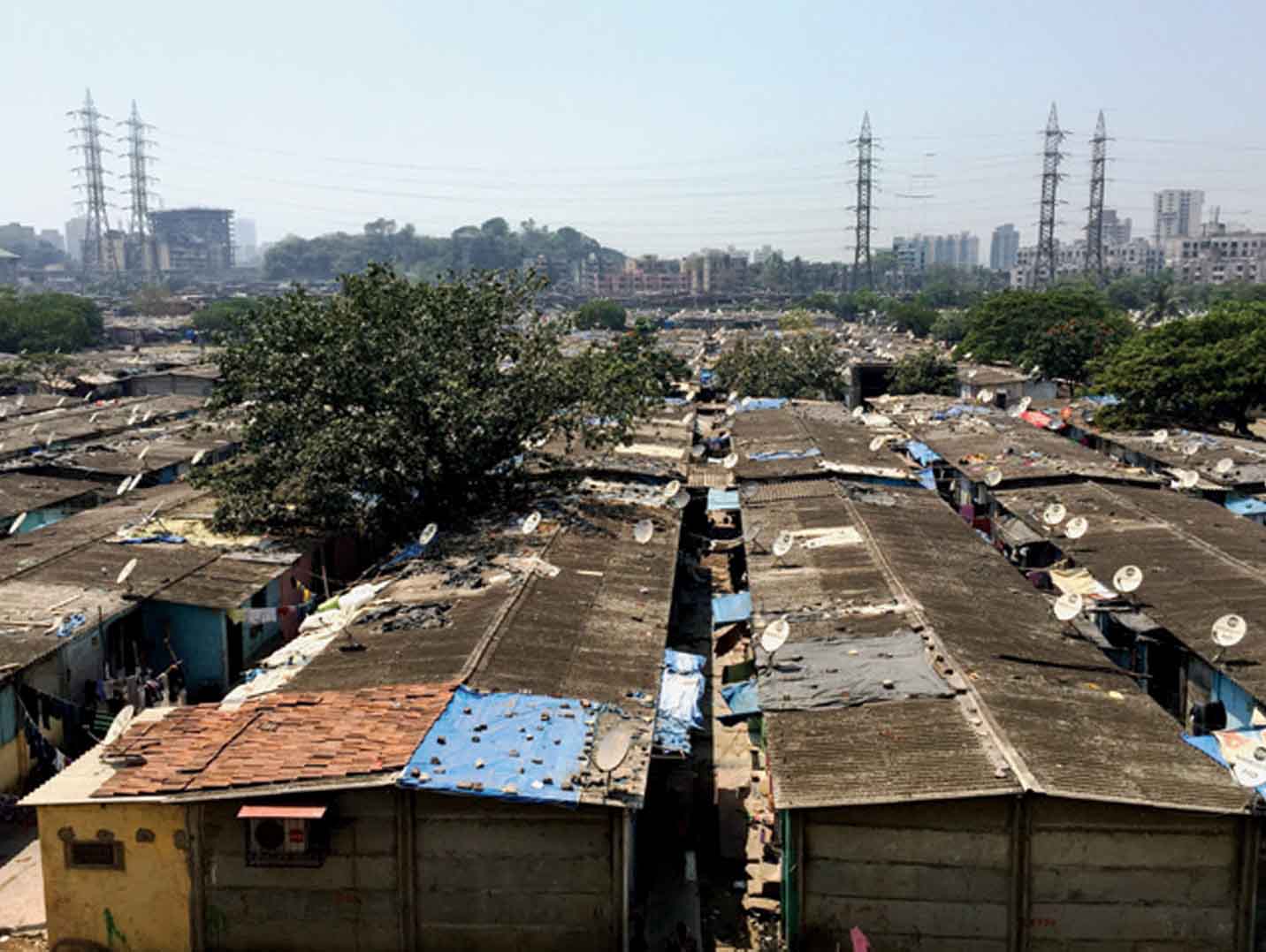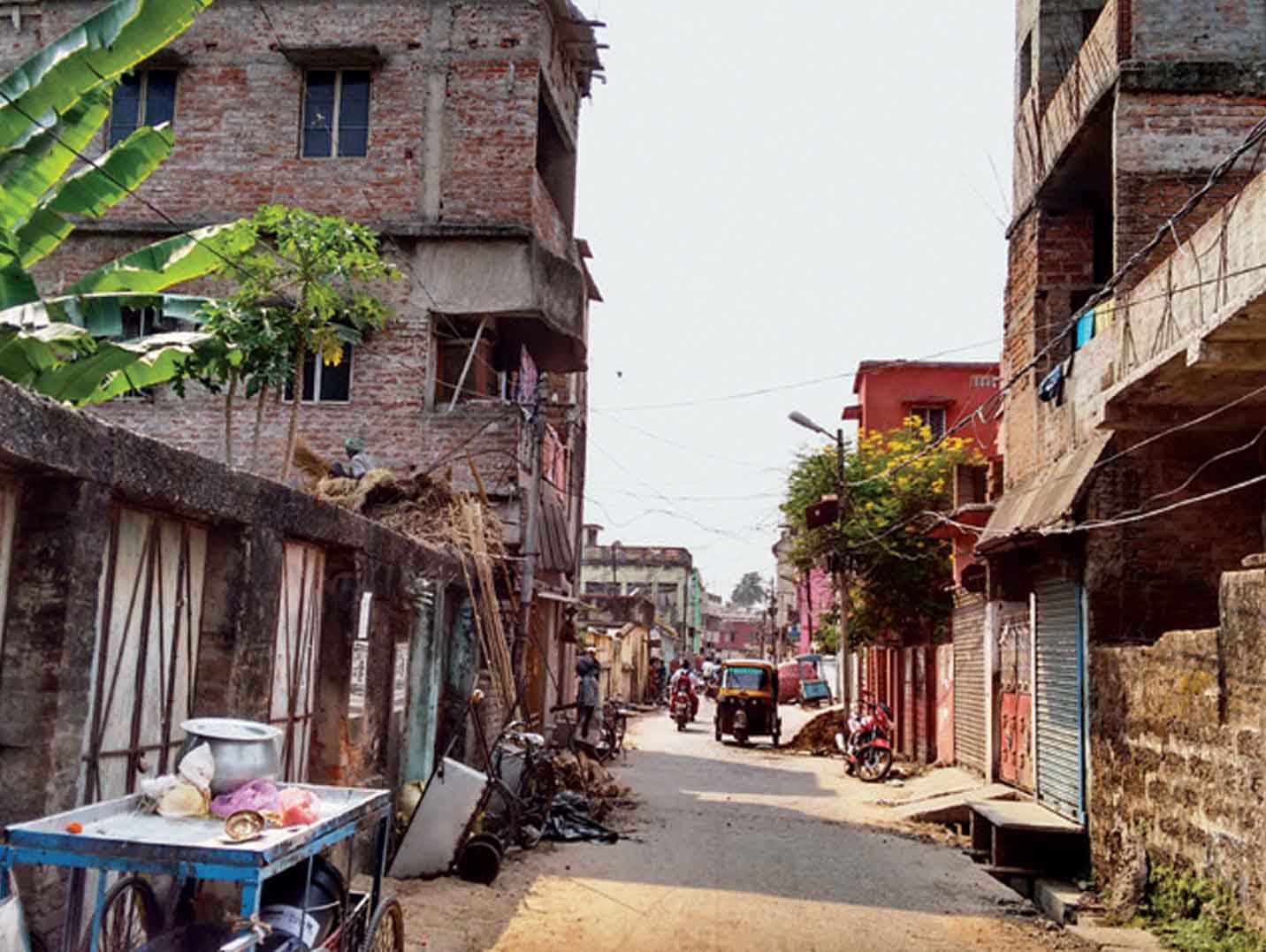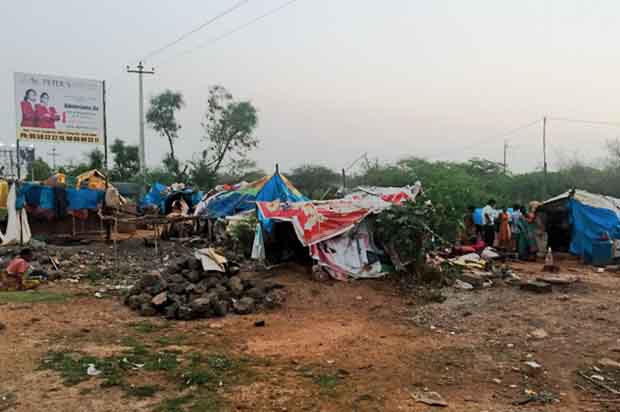
As architects, we often use ‘informality’ to describe everything that does not fit into the neat and organised urban utopia. Yet, global realities are not black and white. Informality comes in many shapes and sizes and there is no single design solution to address it. We need to go beyond a generic approach and have a deep understanding of the context in which we operate. However, budget and time limitations often restrict us from taking this approach. Luckily for us, there are others doing the groundwork that will enable us to more effectively design for informality.
Interdisciplinary work does not require that we have multiple disciplines at the table simultaneously. A more efficient approach may be to build on the foundations set by others to position ourselves correctly before intervening. Hot off the press, FSG’s report ‘Informal Housing, Inadequate Property Rights’ is a rigorous study on the different contexts of urban informality in the vast and diverse country of India. Research like that undertaken by FSG can give our design work a leg-up, whether in India or elsewhere.
What is ‘informality’?
Informality is a charged concept, often ambiguous and generally undefined. Informal can mean the lack of formality as set forth by socio-cultural anthropologist James Holston. Informal can also mean the anti-formal, or the grey zone that houses operations outside the formal realm, as described by Peruvian economist Hernando de Soto. And informal can also mean information, which architects Alfredo Brillembourg and Hubert Klumpner, of Urban-Think Tank, outline as the continuous process of reciprocity between the city and its inhabitants.
According to Holston, the term informality implies an absence of formality. Informality embraces irregularity. It is flexible and capitalises on what might appear disorderly. Lacking an author, it arranges the city and allows for change.
Hernando de Soto describes informality as the ‘anti-formal’. Informality is not a subpar category, but a parallel occurrence. It is a grey area that operates alongside legality without being illegal. The informal is the middle ground between the rigid and the chaotic.
Brillembourg and Klumpner present informality as information. Informality is not a prescriptive practice, but rather a collective mode of operation. Informality is flexibility and time. It is design that emerges from the city rather than design imposed on the city. Informality is a vital component of the city, intimately linked to its every layer.

How does informality look in Latin America?
Between 2011 and 2013, I spent time studying informality in three Latin American countries: Colombia, Venezuela and Brazil. I zeroed in on informal settlements in three cities to look at patterns of building materials and service provisioning. All three settlements had been around since the 1930s and were centrally located within each city. Houses were, by and large, built of durable materials (brick and mortar) and the settlements had some level of public infrastructure.
The main differentiator was the extent to which the settlements were segregated from the formal cities. El Dorado, in Bogotá, appeared to be a part of the rest of the city. Every house had running water, sewerage and 24/7 electricity. Streets were paved and had sidewalks. On the contrary, San Agustín, in Caracas and Santa Marta, in Rio de Janeiro, stood out as ‘slums’. Housing structures were less permanent and public infrastructure was not universally available. Many houses in San Agustín still had dirt floors; in Santa Marta, households continued to illegally tap into electricity connections in the formal city.
What made these settlements so different? Property rights. Bogotá undertook a large scale legalisation process in the 1970s, after which El Dorado became officially recognised as part of the city. By contrast, San Agustín and Santa Marta were neither illegal nor fully legal. They remained in a grey area, as the government neither evicted the residents, nor recognised the settlements as official neighbourhoods. Residents could not confidently invest in upgrading their homes (without property deeds they had no security of tenure) and the government did not systematically provide public services (it was not obliged to).
The main differentiator was the extent to which the settlements were segregated from the formal cities

Why property rights?
On the other side of the world, in India, FSG looks at the importance of property rights in catalysing development within informal settlements. Property rights are not an end in and of themselves. Instead, property rights are a means to ensuring that residents can invest in their homes and that the government can provide adequate services. FSG’s report segments informal settlements into three overarching categories. The data collected proves how property rights play a significant role in securing high-quality living standards across urban India.
Informal housing in India accounts for up to 47% of total housing stock and can be categorised into three segments: insecure, transitional and secure housing. Occupants of insecure housing have no rights to their homes and face a high risk of eviction. Residents of transitional housing have usually been in their homes for longer – sometimes even for decades – and have de facto rights to use the land. Their settlements exist in official records and the government may have provided basic services, though often poorly. Finally, residents of secure housing have gained legal rights to their property and cannot be evicted from their land. The government is obliged to provide basic services, but does not always do so efficiently.
Understanding informal settlements through the lens of property rights can help designers identify the needs of different types of informal settlements
The needs and desires of informal households are highly correlated with perceived security of tenure, which increases through property rights. Residents of insecure housing would want to formalise their property rights, which would subsequently lead to provision of electricity, improved water quality and better access to schools. By contrast, fewer residents of secure housing expressed those needs, instead wanting drainage infrastructure, roads and waste management solutions.
Understanding informal settlements through the lens of property rights can help designers identify the needs of different types of informal settlements. These nuances bring out opportunities and challenges that architects can use as a starting point for design interventions. Thus, leveraging FSG’s report and other equivalent resources is a step in the right direction to devising interdisciplinary solutions for pressing urban problems.
What does this mean for us?
Informality is the opposite of the formal, yet it exists within the same urban space. It is the lack of form, but not worse off because of it. Informality is, in essence, information that has not been processed. Property rights provide a lens with which to process that information. A look at informal settlements across Latin America and India proves that they all have very different realities. Using property rights to segment those differences is one way to successfully design for informality.
Understanding context before jumping into a decontextualised design solution proves invaluable to achieving real, tangible change. Does a settlement need a centralised water treatment plant or does it need reliable access to electricity? Will residents use a new community centre or would they rather build another room in their homes to watch satellite TV? As we continue on our quest to change the world, we must make sure to catalyse solutions that deliver progress for people whose reality differs from that of our studio desk.
Laura Amaya is a Spanish-born, Colombian-raised and US-educated architect and urban thinker, fascinated by untapped innovation and chaotic cities. She has spent time in Italy and has done extensive research on Latin American urbanism as a Cornell University research scholar. She now lives and works in India and is energised by the role of design as a catalyst for development.
All Photos: Subhash Chennuri (report co-author)




Comments (0)